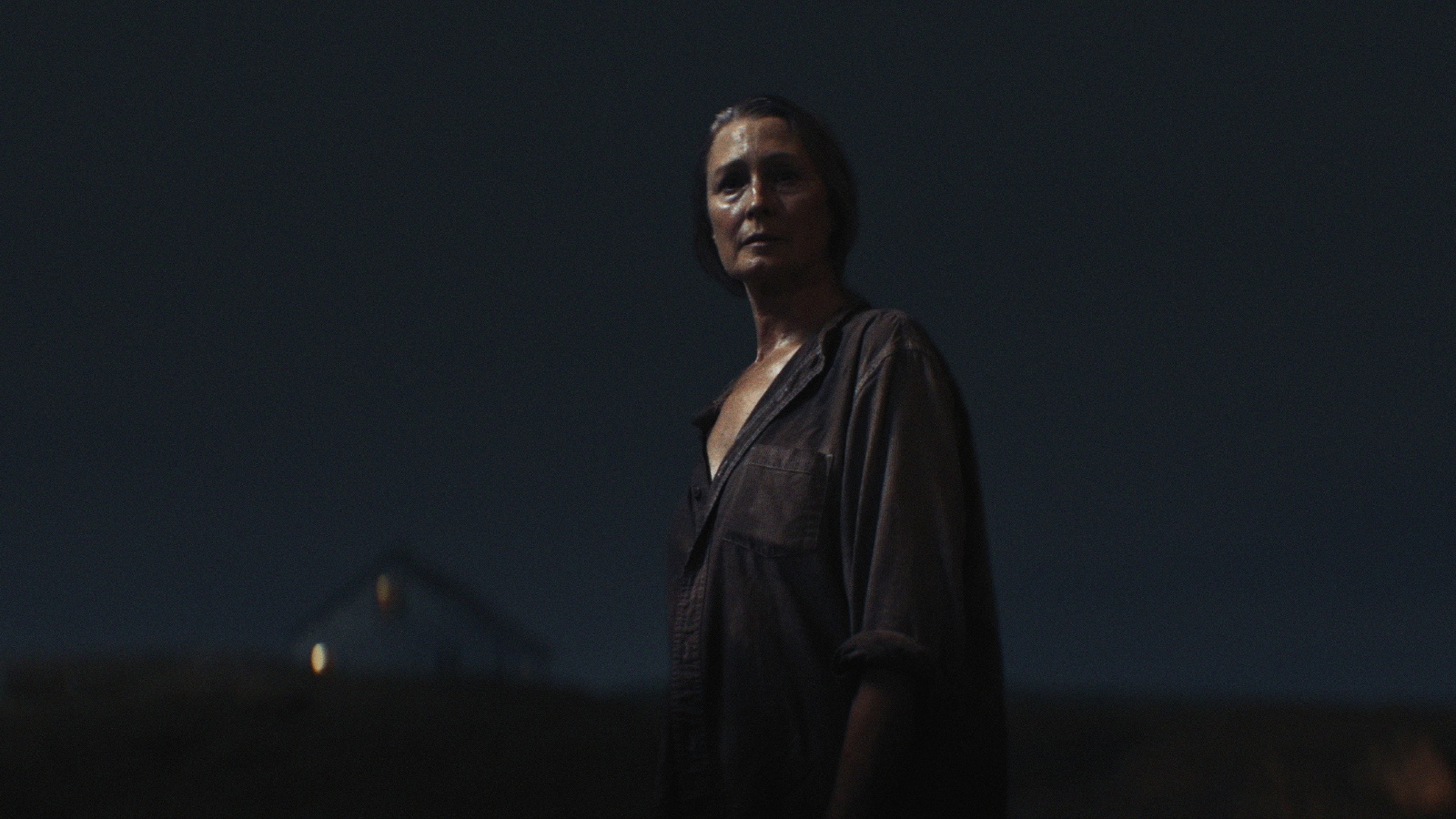In Shane Carruth’s 2004 debut feature Primer, two colleagues go down a physics rabbit hole to build a time machine. In the early stages of masterminding this scientifically-driven and disorienting experience, one character suggests to the other that the best mathematician is the lazy one—that those who excel usually find ways to solve problems quickly, easily and efficiently. The theory might also apply to watching Carruth’s own movies (his other, 2013’s Upstream Color, tackles the intersection of ecology and trauma), which don’t tether themselves to linear, coherent narratives. It’s tempting to get bogged down in the details and timelines of his feverish approach, but far more enjoyable—and yes, easier—to let his imagery and ideas overwhelm you, to process them later in reflection or on repeat viewings.
Despite his current hiatus from directing and impending retirement from the artform, Carruth has returned to champion a young filmmaker and a movie that might best be consumed under the same set of recommendations. Making its premiere at Chattanooga Film Festival, The Wanting Mare, the directorial debut of Nicholas Ashe Bateman, can feel overwhelmingly beautiful and purposefully abstract. But unlike previous movies from Carruth, who serves as executive producer, its scope expands broadly beyond the natural world, into mythology and the surreal. Its billing has compared it to The Lord of the Rings and Game of Thrones for its fantasy-building, lauded for its technical achievement on a shoestring budget and referenced as a darker fable akin to Pixar’s Onward. These analogies at once credit the movie’s ambitious aesthetics and exemplify its vague storytelling, bound with potential and challengingly little detail.
The primary explication comes in the opening title card, which introduces the mysterious and modern circumstances of an imagined world called Anmaere. Near the sweltering, coastal city of Whithren, wild horses run free—they are the city’s most valuable export, and once every year, the equines are trapped and shipped across the sea to a frost-bitten continent called Levithen. As Whithren residents fight for survival, the rare tickets to board the ship and escape to a new future spawn criminal and desperate activity.
The foreground to these rocky shores begins with a woman dying in childbirth, whispering into her daughter Moira’s ear that she will inherit a recurring dream, passed down through multiple generations of women, which contain the memories of a magical world long ago. As Moira (Jordan Monaghan) grows older, without anyone to explain her nightly visions, she resolves to leave Whithren and soon employs the help of Lawrence (Bateman), an injured gang member trying to steal a ticket to find a better life, too. Their saga, split into three parts over 35 years and occasionally narrated by Kate Lynn Sheil, concentrates on this torturous dream, their romantic hope to leave and the reconciliation of their isolation and failures.
Part of the movie’s outside narrative revolves around Bateman, whose previous credits include design work for Wendy, Save Yourselves!, and the upcoming David Lowery-directed The Green Knight, and his technical process. He reportedly shot most of The Wanting Mare in a New Jersey storage unit, spending five years crafting the special effects. You can’t tell the difference, which is a testament to his skills, imagination, and ingenuity with limited resources. Bateman captures the edifices of a city, with houses stacked upon each other, as both an oasis and a desert, supplied with serene views and wildlife and abandoned warehouses, empty streets and dark alleys. This is a partial glimpse of shadowy extremes, adding a prescient layer upon its release.
The early stages of Moira’s connection with Lawrence pay tribute to the camera angles and editing style of Terrence Malick, full of fluid and impressionistic sequences. Their partnership, characterized by some touching moments inside a makeshift dance hall (then later as an older couple), delivers the film’s strongest, most emotional sequence. As it proceeds into the future, introducing a new couple (Edmond Cofie and Yasamin Keshtkar) with little dialogue and introduction, the cohesive parts of the narrative begin to unwind. Bateman is conjuring the necessary performances without forecasting their motivations. He’s world-building in delicate, dark strokes—you can see the sweat boiling on his moonlit faces—but lacking the detailed context necessary to let you invest in them.
What exactly is this city and who are the people that live inside it? What is the obsession with this bitter-white other continent? Bateman’s visual language—snippets of tickets, a black mare running free, a light in the distance—is all that’s left to parse these bigger questions. He has effectively constructed a fantasy in a believable new land (seen from above and below), leaving enough breadcrumbs to entertain wondering where this dream-like state moves to next. In this way, The Wanting Mare is a soft and silent seduction, an alluring yet unfulfilling poetic fable that leaves you wanting more.
The Wanting Mare world premiered at the Chattanooga Film Festival, which is open to U.S. residents. To get access, badges are available here.

